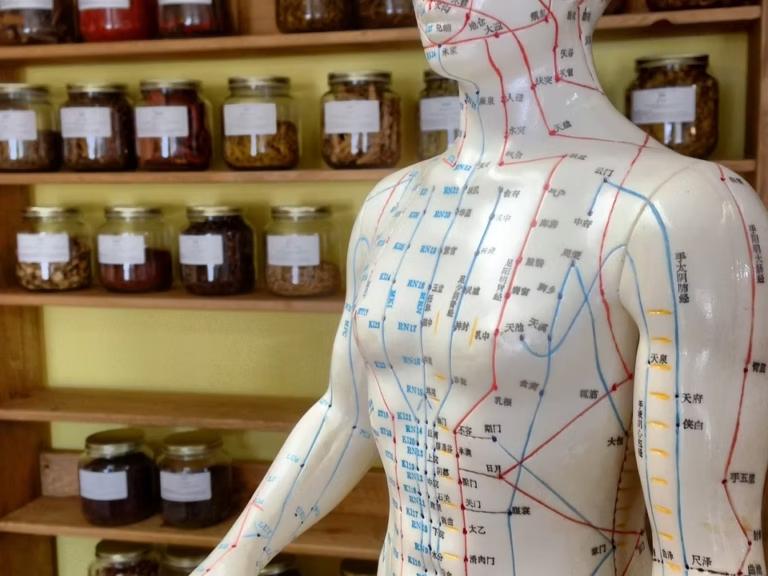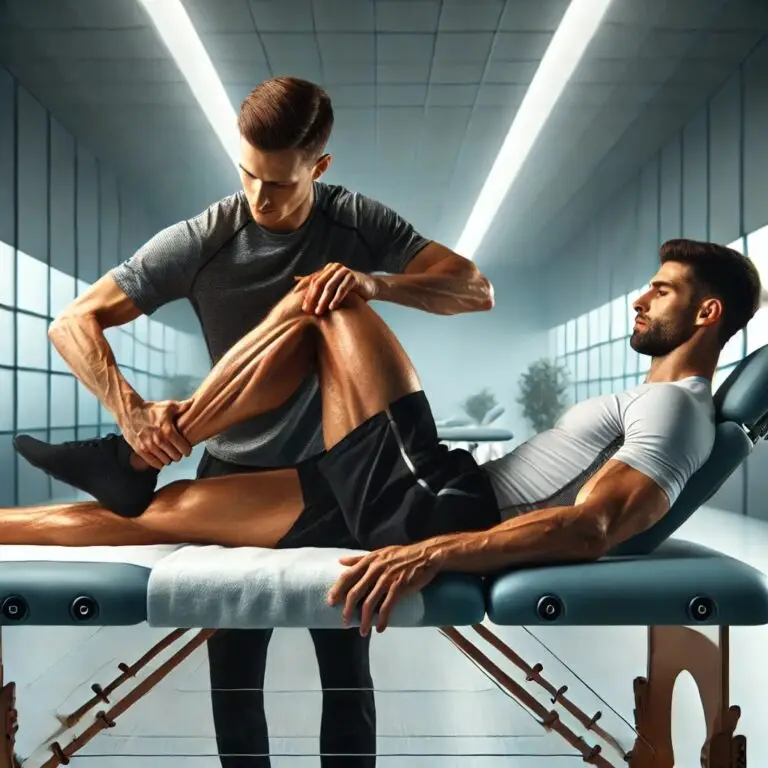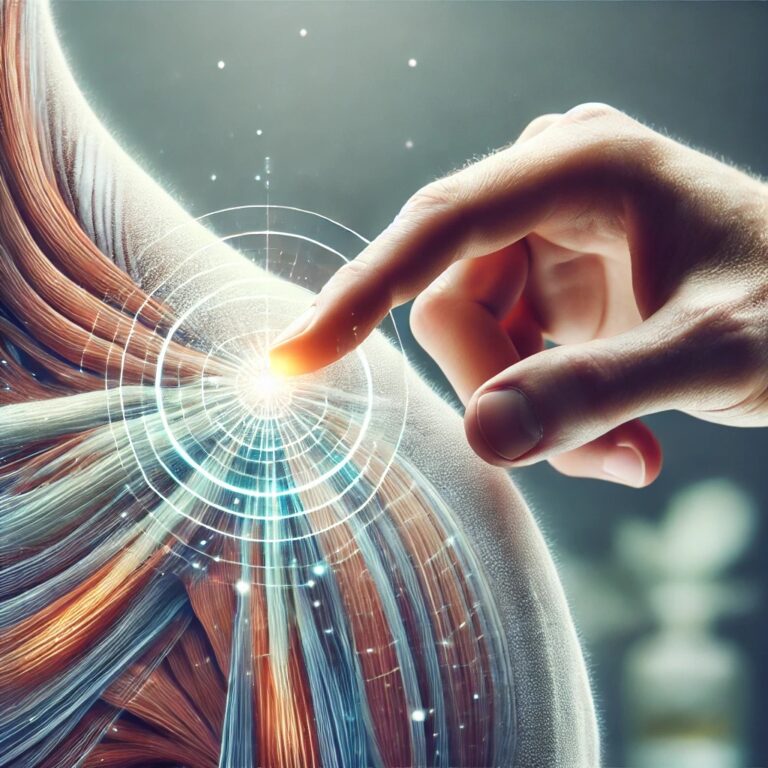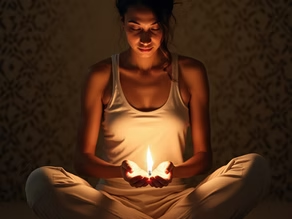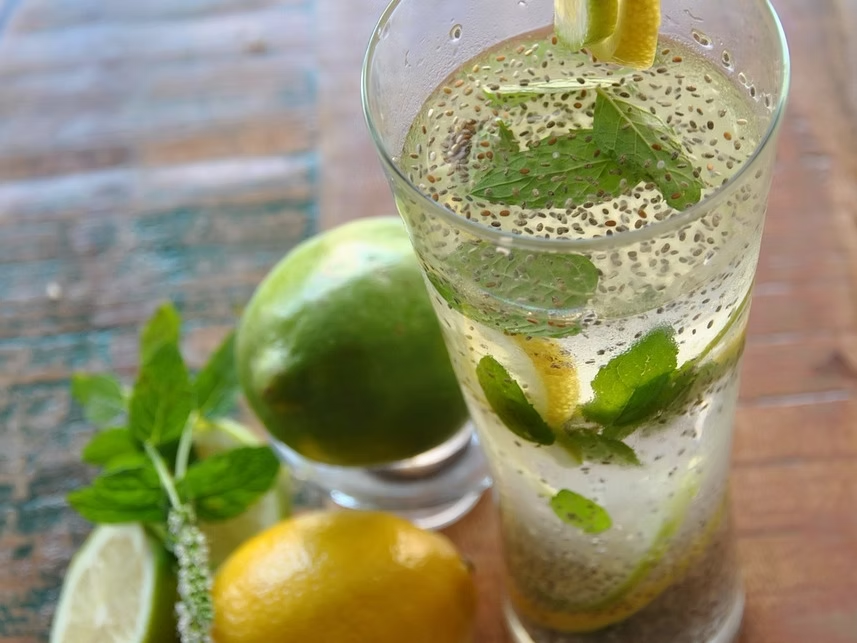
Hydration plays a vital role in maximizing the benefits of your massage therapy session. After a massage, your body may release toxins and experience improved circulation, making it necessary to replenish fluids to support muscle recovery and detoxification. Understanding your hydration needs can enhance your overall wellness and experience. In this post, you will discover the reasons behind post-massage hydration and effective ways to stay hydrated, ensuring that your body remains balanced and revitalized. From drinking water to tasty infused options, learn how to maintain optimal hydration after your massage therapy.
Key Takeaways:
- Hydration Supports Detoxification: Post-massage hydration aids the removal of toxins released during the massage, promoting overall well-being. This emphasizes the importance of drinking water after a session.
- Helps Muscle Recovery: Staying hydrated is important for muscle repair and can minimize post-massage soreness. Aim to drink about 8 ounces of water following your treatment to support recovery efforts.
- Improves Flexibility and Range of Motion: Sufficient hydration contributes to muscle suppleness and joint flexibility, enhancing the benefits of massage therapy. Consider adding flavored water options, like infused water, to encourage higher water intake.
Importance of Hydration After Massage Therapy
To ensure the maximum benefits of your massage therapy session, you need to understand the vital role hydration plays in the recovery process. After a massage, your body undergoes a natural detoxification, as the pressure and movements of the therapist’s hands stimulate the release of toxins stored in your muscles and tissues. It’s important to drink water post-massage to help flush these toxins out of your system, thereby promoting overall health and well-being. Adequate hydration can significantly enhance your body’s ability to detoxify, leading to increased energy levels and a renewed sense of vitality.
Release of Toxins
After the massage, your muscles may have released toxins such as lactic acid and other metabolic byproducts that can lead to discomfort if not eliminated. By drinking enough water, you support your body in this detox process and help avoid common post-massage side effects, such as headaches or fatigue. Staying well-hydrated accelerates the elimination of these substances, allowing your body to recover more efficiently and enhancing the overall benefits of the therapy.
Increased Circulation
Behind the relaxation and rejuvenation that comes with a massage lies a significant increase in your blood circulation. As your massage therapist works on your muscles, they effectively stimulate blood flow, which delivers imperative nutrients to your cells while removing waste products. Complementing this effect with proper hydration helps maintain this improved circulation, further ensuring that your body continues to receive the nourishment it needs to function optimally.
Understanding the relationship between hydration and circulation can help you maximize the benefits of your massage therapy sessions. Drinking water not only keeps your muscles hydrated but also aids in the efficient transportation of oxygen and nutrients throughout your body. This leads to better recovery from soreness and an overall enhanced sense of well-being. To fully appreciate the advantages of your massage, prioritize staying hydrated both during and after your session for a holistic approach to wellness.
Hydration Guidance
It is imperative to prioritize hydration after your massage therapy session to fully reap the benefits of your treatment. Proper hydration not only aids in detoxification and muscle recovery but also helps prevent dehydration, which can occur due to increased circulation and body temperature during the massage. Drinking water post-massage ensures that nutrients are effectively delivered to your cells while waste products are eliminated, promoting overall well-being and enhancing your massage experience.
Recommendations for Water Intake
By taking into account your body weight, the type of massage received, and environmental factors, you can determine the appropriate amount of water to drink. As a general guideline, aim to consume at least 8 ounces (240 ml) or more of plain water after a massage. It is important to opt for simple hydration methods, avoiding sugary or caffeinated beverages that may counteract your hydration efforts. This thoughtful approach to water intake supports recovery and continues the beneficial effects of the massage.
Listening to Your Body
Besides following general hydration guidelines, you should also be attuned to your body’s signals. Thirst is a natural indicator that your body needs fluids; if you feel thirsty after a massage, it’s your cue to drink water. Individual hydration needs may vary based on factors such as activity level, climate, and personal health. By paying attention to how you feel and making adjustments to your hydration routine accordingly, you can better support your wellness journey and enhance the positive effects of your massage therapy.
Guidance from your massage therapist can also provide valuable insights into your personal hydration needs. They may offer tailored recommendations based on the techniques used during your session and your overall health. Engaging in regular self-assessment, alongside professional advice, allows you to effectively manage your hydration habits, ensuring your body remains adequately fueled for optimal recovery and flexibility after each visit.
Making Water Healthier
After a relaxing massage, enhancing the quality of your hydration can significantly boost the benefits you receive from the therapy. One effective way to make your water more enjoyable and nutritious is through infusions with fruits and herbs. Healthier choices like adding slices of lemon, lime, cucumber, or berries not only improve the taste but also provide natural antioxidants and vitamins. By incorporating herbs like mint or basil, you can elevate the flavor profile while gaining additional health benefits, such as improved digestion and fresh breath.
Infusions with Fruits and Herbs
Healthier hydration doesn’t have to be boring. You can easily transform plain water into a vibrant beverage by infusing it with fresh ingredients. Try experimenting with different combinations, such as combining orange and fresh mint for a refreshing twist, or mixing strawberries with basil for a sweet herbal blend. These additions not only make water more palatable but also encourage you to drink more, supporting adequate hydration levels after your massage therapy session.
Electrolyte Enhancements
With the right tweaks, your water can also become a natural source of electrolytes, which play an imperative role in muscle recovery and overall hydration. Adding a pinch of sea salt or a splash of coconut water can effectively replenish the minerals you may lose during a massage or any physical activity. This helps maintain a balanced electrolyte level in your body, which can be particularly beneficial if you have engaged in a deep tissue massage that stimulates circulation and increases body temperature.
Electrolyte-rich drinks can enhance your hydration strategy post-massage therapy. Including ingredients such as potassium-rich coconut water or mineral-infused salt not only restores imperative nutrients but may also promote muscle recovery and reduce soreness after your session. Staying hydrated with these enhanced beverages can further amplify the positive effects of your massage, ensuring you feel rejuvenated and ready to take on the day.
Refreshing Recipes for Hydration
Now that you understand the importance of hydration after your massage therapy session, it’s time to explore some refreshing recipes that can help you replenish your fluids and enjoy the process. Keeping your body hydrated is necessary to enhance muscle recovery, improve flexibility, and support overall detoxification. Simple homemade beverages can not only quench your thirst but also provide additional nutrients that your body craves post-massage.
Chia Lemonade Recipe
At the heart of hydration lies a delicious Chia Lemonade recipe that you can easily whip up. Combining freshly squeezed lemon juice with chia seeds creates a beverage rich in antioxidants and omega-3 fatty acids, giving your body a nutrient boost. The chia seeds not only offer added fiber but also create a unique gel-like texture that enhances satiety while keeping you hydrated after your massage therapy. You’ll find this lemonade refreshing and revitalizing, making it an excellent choice to complement your wellness routine.
Other Hydrating Beverage Ideas
Below are more delightful ideas to stay hydrated after your massage. You can consider infusing your water with fruits and herbs for a refreshing twist or opting for coconut water for its natural electrolytes. Herbal teas are another fantastic option, as they can be enjoyed hot or iced, providing not just hydration but also various health benefits. Moreover, incorporating natural sweeteners, such as honey, can enhance the flavors of your beverages without excessive sugar.
To diversify your hydration routine, try experimenting with different combinations of fruits, herbs, and even spices. For instance, adding cucumber and mint to your water creates a revitalizing drink, while a splash of ginger can give it a delightful zing. Listening to your body’s hydration needs is necessary; thus, incorporating these creative beverage ideas will not only keep you hydrated but also make the post-massage experience more enjoyable. Explore inspiring recipes and tips to elevate your hydration game after massage therapy.
Myths and Facts about Hydration
Common Misconceptions
Myths surrounding hydration after massage therapy can lead to misunderstandings about your post-massage care. One common misconception is that simply drinking when you feel thirsty is sufficient to restore fluids lost during a massage. While thirst can be an indicator, it might not accurately reflect your body’s hydration needs, especially after a session where toxins are released and circulation is boosted. To optimize your recovery and muscle relaxation, it’s advisable to proactively hydrate with water, aiming for about 8 ounces (240 ml) or more right after your treatment.
Science Behind Hydration
About hydration, it’s vital to understand its role in various physiological processes that enhance your overall health, especially post-massage. Massage therapy promotes blood circulation and can lead to the release of toxins from your muscles and tissues, making hydration even more important for your body to flush out these substances efficiently. Additionally, water supports muscle recovery by aiding tissue repair and reducing soreness, so ensuring you’re adequately hydrated contributes directly to the benefits you experience from your massage.
The connection between hydration and muscle recovery is further supported by research indicating that hydration affects muscle performance, flexibility, and joint function. Drinking plain water or hydration alternatives, such as infused water or coconut water, can replenish your body’s electrolyte levels and enhance overall fluid balance. By prioritizing hydration, you not only optimize the benefits of your massage but also support your long-term health and wellness. For more detailed guidelines, consider consulting a certified massage therapist or healthcare professional who can tailor recommendations based on your specific needs and the type of massage you undergo.
Signs of Dehydration After Massage
All massage therapy can be an invigorating experience, but it can also lead to signs of dehydration if proper hydration is not maintained afterward. You may experience symptoms such as a dry mouth, fatigue, dizziness, or muscle cramps. These indicators signal that your body needs more fluids to recover from the relaxation and stimulation offered by the massage. It’s important to remain attentive to how your body feels after your session, as hydration plays a key role in your overall wellness and benefits derived from the massage.
Recognizing Symptoms
Against this backdrop, it’s necessary to recognize the various symptoms that might indicate dehydration post-massage. Common signs include headaches, decreased urine output, and an unusual thirst. You may also find that your muscles feel tight or sore, which could compromise the recovery benefits you were aiming for through your massage therapy. Listening to your body during this period can help you determine how much water you need to restore balance and enhance your well-being.
When to Seek Help
On the other hand, if you notice persistent symptoms or if they escalate despite your efforts to hydrate, it may be time to seek professional help. Your healthcare provider can assess your symptoms and provide guidance tailored to your situation. Dehydration can lead to more severe health issues, especially if ignored. Conditions like kidney stones or urinary tract infections may arise from prolonged dehydration, emphasizing the importance of timely intervention.
Massage therapists often encourage hydration as part of post-session care, guiding you on when to drink water based on your unique circumstances. If symptoms persist after increasing your fluid intake or if they’re causing significant discomfort, do not hesitate to consult your healthcare provider for further evaluation and advice. This proactive approach not only supports your recovery from massage therapy but also promotes your overall health and vitality.
Summing Up
Considering all points, staying hydrated after massage therapy is crucial to maximize the benefits you gain from the session. The process of massage can help release toxins and improve circulation in your body, making it vital to replenish lost fluids for optimal recovery. By drinking sufficient water, you not only assist in flushing out toxins but also support muscle recovery and maintain flexibility. If you want to enhance your post-massage hydration experience, consider infusing your water with fruits, herbs, or natural electrolytes to make it more appealing and enjoyable.
It’s important to listen to your body and pay attention to your thirst signals after a massage session. Tailoring your hydration strategy based on your individual needs—such as the type of massage you received or the environmental conditions—will help ensure your body stays well-hydrated. For more tips on post-massage hydration, feel free to explore additional resources on [optimal hydration practices](#) or learn about the [role of nutrients in recovery](#). Prioritize your wellness by making hydration an integral part of your massage therapy routine.
FAQ
Q: Why is hydration important after massage therapy?
A: Hydration plays a significant role in maximizing the benefits of massage therapy. After a massage, toxins can be released from muscles and tissues; drinking water helps flush these toxins from the body. Additionally, hydration promotes improved circulation, ensuring that nutrients are delivered to cells while waste products are efficiently removed. Proper hydration also supports muscle recovery, reduces soreness, and enhances flexibility and range of motion.
Q: How much water should I drink after a massage?
A: The amount of water you should drink after a massage can vary based on several factors, including your body weight, the type of massage you received, and environmental conditions. However, a general guideline is to drink about 8 ounces (240 ml) or more of water post-massage. It’s advisable to pay attention to your thirst as a natural indicator of your hydration needs. For personalized recommendations, you might consult your massage therapist for guidance. Explore our Hydration Needs article for more details!
Q: What are some good hydration options after massage therapy?
A: While plain water is the best choice for hydration after a massage, there are several enjoyable alternatives to enhance your post-massage hydration experience. Infusing your water with fruits and herbs can make it more refreshing. Coconut water is another excellent option, as it’s rich in electrolytes. Herbal teas, aloe vera juice mixed with water, or homemade flavored beverages like chia lemonade can also provide hydration with extra flavor. Check out our Making Water Healthier guide for more creative hydration ideas!





